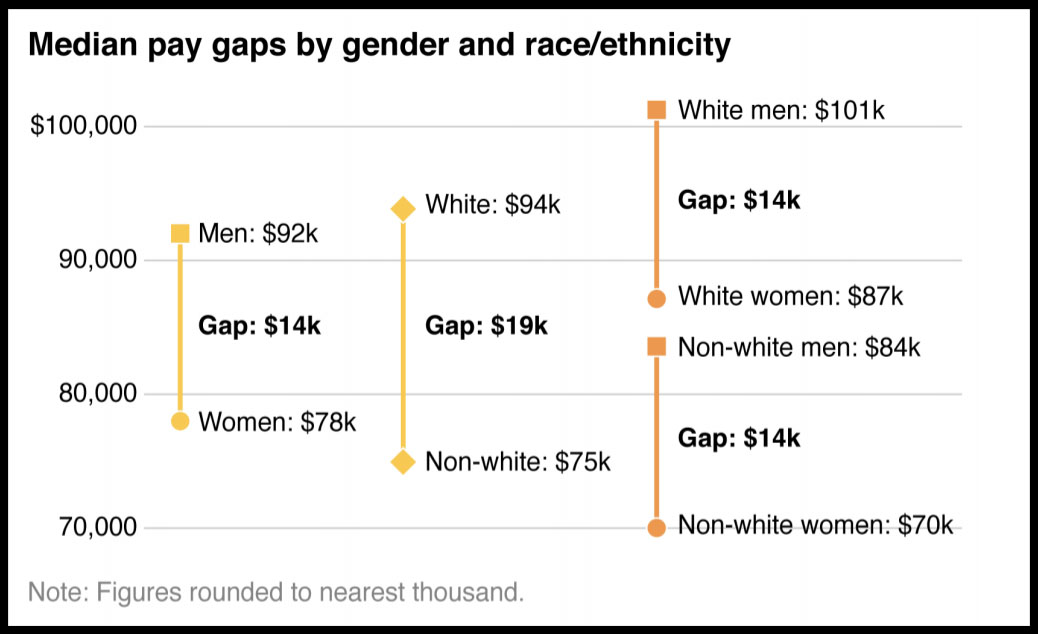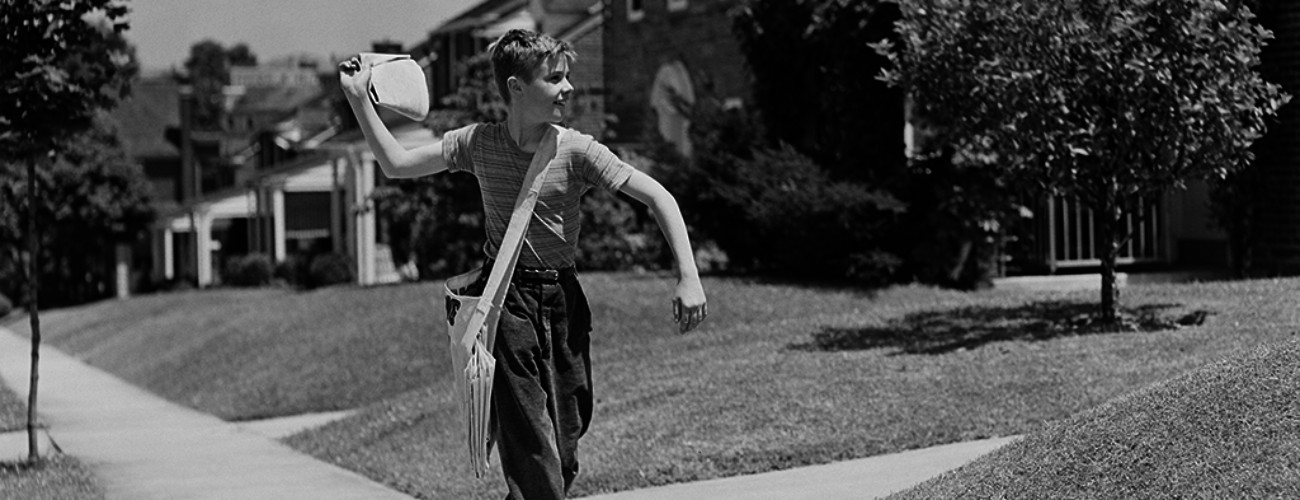Sign up for The Media Today, CJR’s daily newsletter.
Journalists at the Chicago Tribune, long an anti-labor stronghold, informed management on Wednesday that they are preparing to unionize. The announcement marks the latest data point in a unionization trend that has seen organizing at both digital-only outlets and legacy print organizations.
Recent layoffs, scant benefits, and outsized executive salaries all reportedly played a role in the effort by Tribune staffers to organize with The NewsGuild-CWA. “There’s an uprising among journalists—a fight for the heart and soul of the profession,” NewsGuild President Bernie Lunzer said in a statement. “It’s evident in the union organizing campaigns. It’s also evident in the defiant actions of the editors of the Denver Post and in the reaction to the outrageous demands of Sinclair Broadcasting.”
NPR’s David Folkenflik broke the news, writing that the move is “unlikely to go over well with corporate owner Tronc,” which sold the LA Times shortly after staffers there voted to form a union. The sale of the Times to local billionaire Patrick Soon-Shiong has yet to officially close, and a report on pay disparities released by the paper’s guild Wednesday provides a window into one of the first issues he will likely have to address.
ICYMI: Viral tweet captures the biggest issue with Zuckerberg’s appearance before the House
Based on data provided by Tronc for 323 journalists, the LA Times Guild found that women and people of color generally make less than white men. The results may not be surprising, but they are stark.

“It’s painful to see this, and that pain is compounded by the fact that we aren’t just underpaid now, in this moment. We have been for years, and that makes a huge difference,” Times metro reporter Sarah Parvini tweeted. “Tronc could have fixed this. Now, we are working to fix it ourselves.” Some of the disparities are attributed to lopsided demographics at the paper, where senior journalists are more likely to be white and male, but the guild’s review found “significant and persistent gaps even when comparing women and people of color to their male and white peers in the same jobs, with similar experience.”
RELATED: The Denver Post’s rebellion and ‘a crisis in American journalism’
As demonstrated by recent battles at the Times and Denver Post, journalists are pushing back forcefully against profit-squeezing cuts that jeopardize their papers’ missions. The wave of unionization, even at outlets long hostile to organized labor, signals a new front in the fight for a future at some of the nation’s most prestigious titles.
Below, more on the impact of labor organizing across the industry.
- The Trib responds: Splinter’s David Uberti obtained a memo written by Tribune Editor and Publisher Bruce Dold in which he acknowledged the union drive and said “everyone in Chicago Tribune management has the utmost respect for the decisions you make and for your rights on this issue.”
- Beyond the big names: Last week, staffers at Montana’s Missoula Independent announced their intention to create a union, the Missoulian’s Dillon Kato reported.
- On the digital front: The Daily Beast’s Maxwell Tani reports on a tense meeting between Univision executive Sameer Deen and Gizmodo Media Group staffers. Tani reports that Deen was unable to provide details about the company’s financial future. In a statement, the union representing GMG employees told Tani that its members “went to the all-hands meeting with Sameer expecting more clarity on the changes at Univision, and unfortunately we got very little.”
Other notable stories
- CJR’s Mathew Ingram argues that Mark Zuckerberg’s big takeaway from two days of hearings was that Congress thinks Facebook is up to something and is willing to consider regulation to address it. “If Zuckerberg wants to avoid another packed-house grilling in Washington, he is going to have to get out in front of this whole regulation thing,” Ingram writes.
- For The Ringer, Michael MacCambridge has a depressing look at the past and perilous future of Sports Illustrated. “It’s hard to explain to younger sports fans how completely SI once dominated the sports media landscape,” MacCambridge writes. “But that was then, and this is now.”
- Michael Wolff makes his return to the pages of The Hollywood Reporter with a column blasting the “lemming-like” journalists who criticized his work. The Fire and Fury author doesn’t address specific concerns raised with his reporting, but goes on the offensive against the Washington press corps.
- How does the National Rifle Association use the press to promote its vision? CJR’s Brendan Fitzgerald speaks with Matthew Lacombe, a political science PhD candidate at Northwestern who has studied decades of NRA editorials, about the way the gun lobby shapes its message.
- For American Prospect, Michael Massing examines the changes that major news organizations have made following the failure to foresee the wave of support for Donald Trump in 2016. “Clearly, something fundamental is amiss at the pinnacle of the profession. What is it? Is it being fixed?” Massing asks. “A close examination of the media’s performance since the election suggests that it is not.”
- I spent some time last week in Baltimore, watching local news broadcasts on Sinclair’s flagship station. Its programming looked like…well, generic local news. And that is part of what makes the company’s work so insidious. “In a way, the fact that it looks normal most of the time is part of the problem,” The Washington Post’s Margaret Sullivan told me. “What Sinclair is cynically doing is trading on the trust that develops among local news people and their local audience.”
- Reporters Committee for the Freedom of the Press has a sober take on the news that the Department of Homeland Security wants to create a media monitoring service to track news sources around the world. DHS has pushed back against alarmist reporting, but RCFP’s Gabe Rottman argues that the existence of the database would open the door to abuse. “While it is certainly true that the public and private sector routinely use large media relations databases to track coverage and identify press opportunities, if used for other purposes or if integrated into law enforcement or intelligence databases, this may still be in the realm of Orwell,” he writes.
Has America ever needed a media defender more than now? Help us by joining CJR today.



